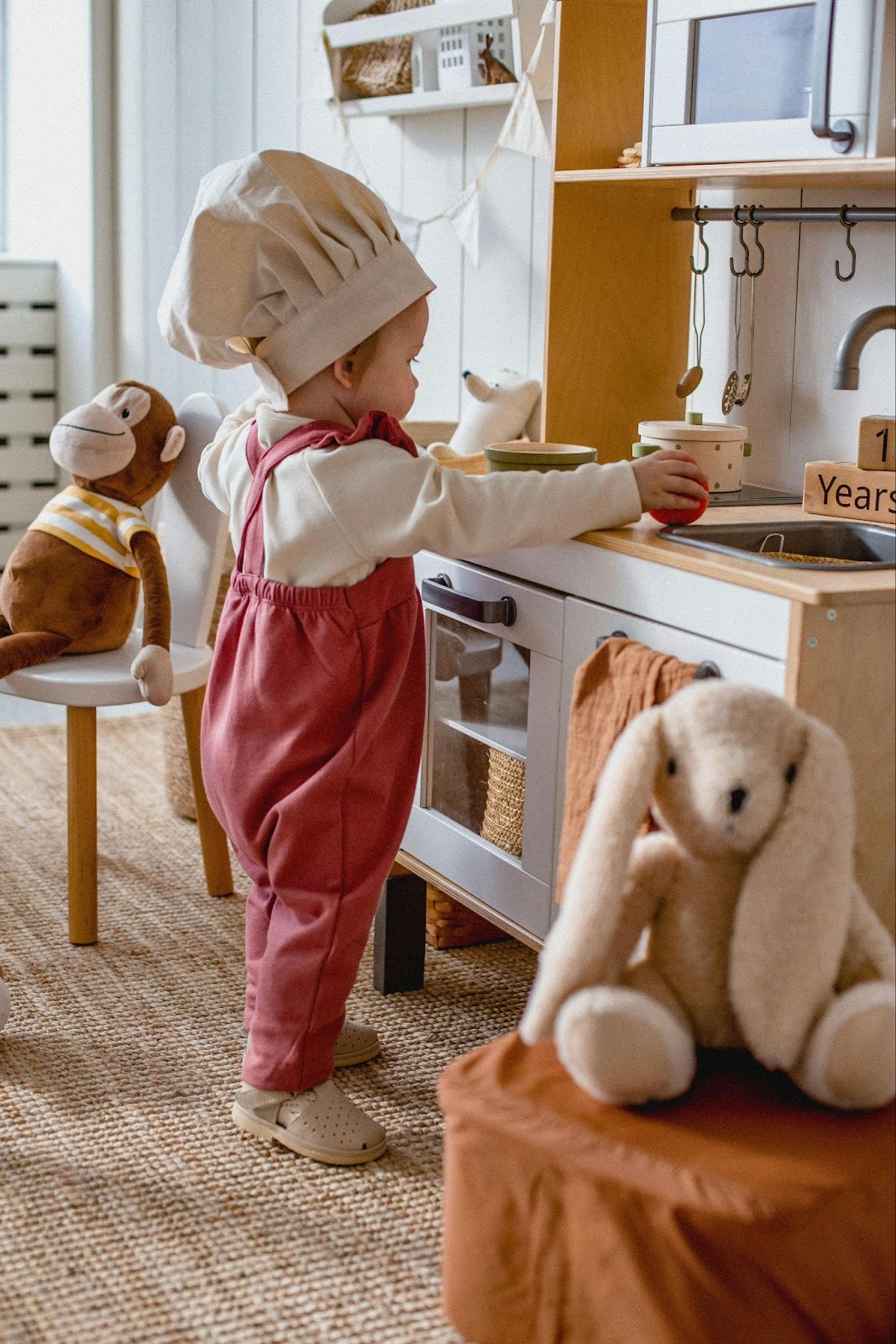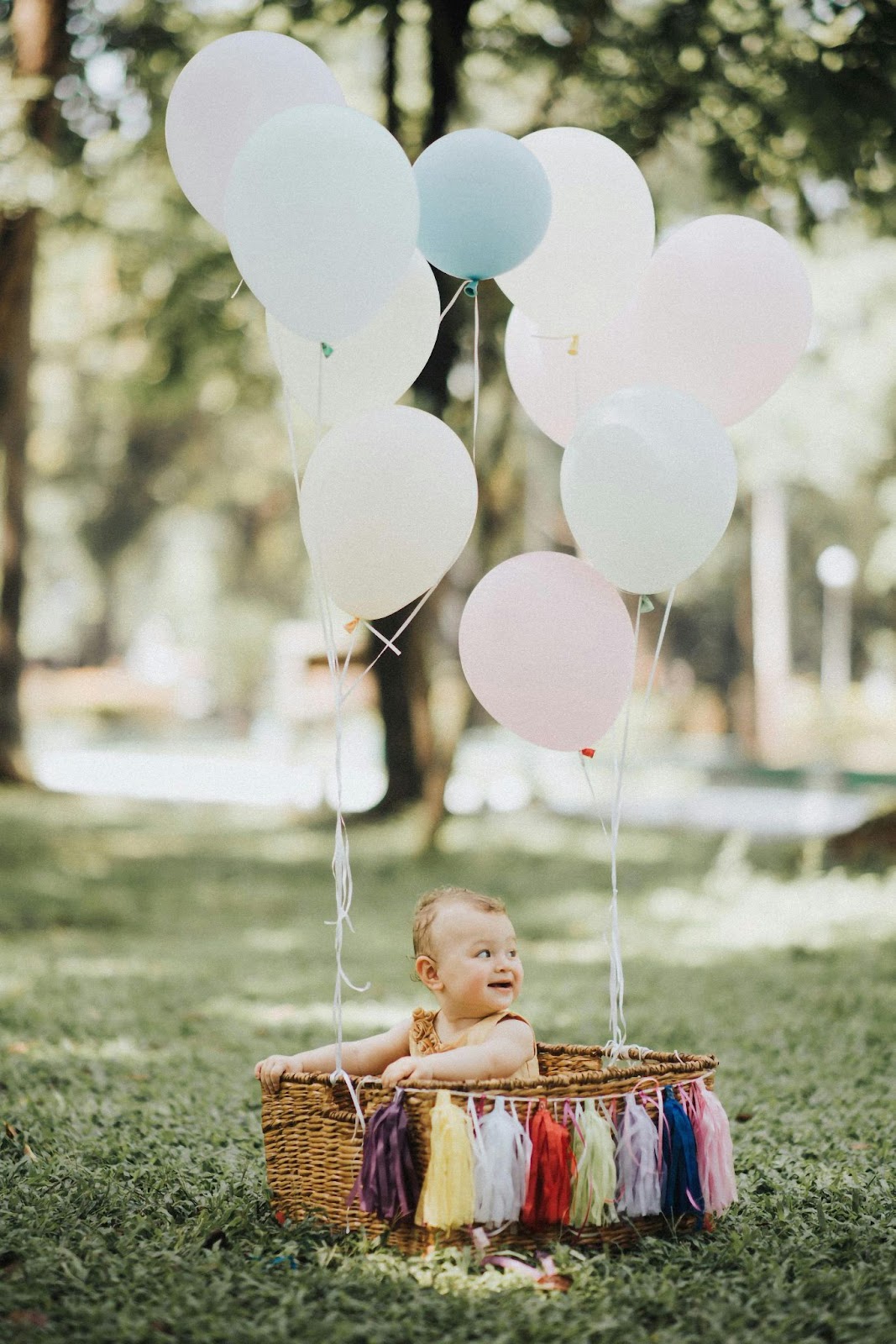There is a chance that the thought of culture wakes up an image of people of different people of different races, nationalities, and ethnic groups. It is easy to use the word culture for many years in the right context but lose sight of the actual definition of the word.
Once culture is mentioned, it isn’t a matter of individuals. It must be a community, a society, a group of people. Culture can be said to be the customs and ideas of a group of people and that has always shaped the world humans live in.
You might wonder what that has to do with children, particularly teaching baby sign language to these children. The truth is these children are born into different cultures and these children deserve the chance to learn sign language as properly as anyone else.
So, how can you, the parent, or instructor, teach baby sign language to children of different cultures? Let’s find out.
The Concept of Culture
Photo by Pixabay
To teach children from different cultures, baby sign language, it is vital to understand the concept and influence of culture.
It is a general misconception that culture is inherited since it is passed down from one generation to another in most cases. While it is passed down, it is vital to know that culture is learned. It has to be taught and no one is born already understanding all the nuances of a culture.
One major part of culture is language, which is what you are trying to teach your child. Language isn’t simply inherited. Children aren’t born with a complete understanding of language. They are taught, either directly or passively.
Since culture is taught, it is influenced by the environment. So, it isn’t enough for a person, in this case, a child to be part of a race. The environment the child grows in will be a major influence in the culture the child practices.
Something worth considering is the influence culture has on perception. For example, a person who grew up in Paris will pronounce the name of the city differently from most people from other parts of the world. With that simple difference, a person’s perception can be influenced simply by how another pronounces the word Paris.
The influence of culture on perception is vital even when teaching children baby sign language. Since they aren’t too young to learn baby sign language, they aren’t too young to already be having their perception of the world around them shaped by the culture around them.
So, join me in figuring out how to teach baby sign language to children from different cultures.
Baby Sign Language: How to Teach Children from Different Cultures
Photo by subbu noir
Our world is gradually becoming one large melting pot of different cultures and because of this, we must adopt our thinking to suit the societies we live in. With that said, it is vital that you know certain things about teaching baby sign language to children from different cultures.
Maybe you are an instructor with a client from a different culture than yours or maybe you are a parent and your home is a mix of different cultures.
No matter the case, join me to explore how you can get that child signing in no time.
Understand the Child’s Culture
As I established earlier, cultures are diverse. They are so diverse that one practice can be mandatory in one culture and forbidden in another. For example, many Indian cultures expect a dowry from the bride’s family while certain cultures in Nigeria expect the groom to provide a bride price.
For children such differences are significant and can affect how well teaching sign language goes.
There might be different gestures that mean differently in different cultures. For example, it is considered a universal gesture to shake your head from side to side as a way of signifying no and nodding to signify ‘yes’. Greek culture has it reversed.
So, spend time understanding the child’s culture before you begin teaching sign language. This will aid learning as the child will have a better understanding of the gestures you are trying to teach.
Be Respectful of the Culture
It is one thing to understand a child’s culture and a completely different thing to treat that culture with respect. You wouldn’t want someone who doesn’t treat your culture with respect around your child. So, handle the cultural nuances delicately.
You shouldn’t go trying to make corrections or suggesting that a particular culture is backward to a child. Remember why you are there – to teach baby sign language.
Also, don’t try to replace the culture a child is being raised in. For example, some cultures are very particular about the interaction between people of the opposite sex. Respect such cultures and be intentional about your interactions.
Be Patient
There are already several communication barriers between adults and children. When you throw in cultural differences, the barriers only increase. One thing I consider vital to the whole teaching process is patience. More patience is needed with a child of a different cultural background than one with a similar background to yours.
It might take longer for you to overcome the cultural hurdles and really connect with the child. But you will achieve the intended outcome if you are persistent and patient..
The child you want to teach baby sign language might not understand what you are saying but children pay attention to tones of voice and body language. Ensure you don’t give the child the idea that you don’t like them.
Be patient and reward small gains as well.
With patience, I am sure you can break down every barrier and teach that child baby sign language.
Conclusion
In this connected world, you are bound to encounter people of different cultural backgrounds than you. That includes children you might want to teach baby sign language. To make the whole process a success, learn the baby’s culture, be respectful of that culture, and be patient.
While this might sound complicated, know that you mustn’t figure it out on your own. Unspoken Language Services is here to help. I have crafted perfect baby sign language courses that will help you teach relevant gestures to children of different backgrounds.
Thumbnail Photo Credit to: Photo by Bestbe Models




